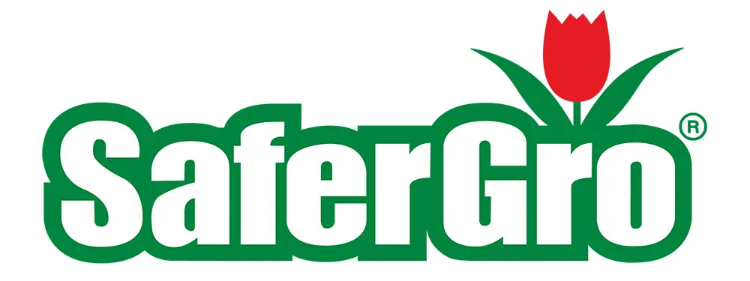Cómo preparar el césped para el césped nuevo
Cuidar el césped puede ser muy satisfactorio y ayuda a mejorar la vista de su hogar. Si aprende a cuidar su propio césped, verá un césped exuberante y denso, y una infinidad de posibilidades de entretenimiento en el patio trasero y delantero. Con un mantenimiento y productos adecuados para el césped, estará en camino de tener el césped de sus sueños. Hoy analizaremos en profundidad el trabajo de preparación que se debe realizar antes de plantar césped nuevo.
Cómo prepararse para el cultivo
Antes de plantar, es importante remojar el césped unos días antes. Esto ayuda a fomentar un entorno animado y lleno de microbios activos. Estos microbios fomentarán un crecimiento vigoroso y saludable.
También puede que desees comprobar el pH del suelo. Al comprobar el pH del suelo, tendrás una mejor comprensión de los minerales esenciales que están disponibles o faltantes en el suelo. Saber esto te ayudará a saber qué tipo de fertilizantes o suplementos necesita tu césped y de los que se beneficiaría. Hay muchas herramientas en línea que te ayudarán a medir el suelo con precisión. Sin embargo, con algunos elementos domésticos puedes comprobar el suelo tú mismo utilizando el método del bicarbonato de sodio y el vinagre.
A continuación, seleccione el césped más adecuado para su zona.

Seleccionar una variedad
Pastos de estación fría
Las gramíneas de estación fría se adaptan bien a la zona de transición en el centro del país. Crecen mejor durante la primavera y el otoño. La mayoría de las gramíneas de estación fría son variedades que forman matas, es decir, crecen hacia afuera desde la corona de la planta. Estas gramíneas tienen una textura más fina que las variedades de estación cálida.
Pastos populares de estación fría
- Bluegrass
- Raigrás perenne
- Festuca alta
- Festuca fina
Pastos de estación cálida
Las gramíneas de estación cálida son adecuadas para la parte sur del país; la zona de transición en el centro del país a veces requiere una mezcla de variedades cálidas y frías. Las gramíneas de estación cálida crecen durante la primavera y el verano. Estas variedades toleran condiciones secas. Tienen hojas anchas y ásperas. La mayoría de las gramíneas de estación cálida son variedades rastreras, que se extienden por medio de estolones.
Pastos populares de estación cálida
- Bahía
- Bermudas común
- Bermudas híbridas
- Ciempiés
- Zoysia

Requisitos del suelo
El uso de enmiendas para el suelo puede mejorar la calidad del mismo. Penex, por ejemplo, ayuda a promover sistemas de raíces más profundos y aumenta la eficiencia del agua. Como alternativa natural y libre de químicos, los productos biológicos pueden mejorar la comunidad microbiana del suelo y permitir que el césped absorba nutrientes con mayor facilidad. Esto es lo mejor para hogares o áreas que desean el crecimiento sano y los resultados que ofrecen los productos químicos, pero sin los efectos o las preocupaciones de los productos más agresivos, como hogares con mascotas al aire libre o niños pequeños.
Conclusión
Manténgase actualizado con nuestro blog para obtener más información sobre cómo cultivar un césped saludable y vivaz. La próxima semana repasaremos una guía sobre cómo plantar césped.
Compartir
